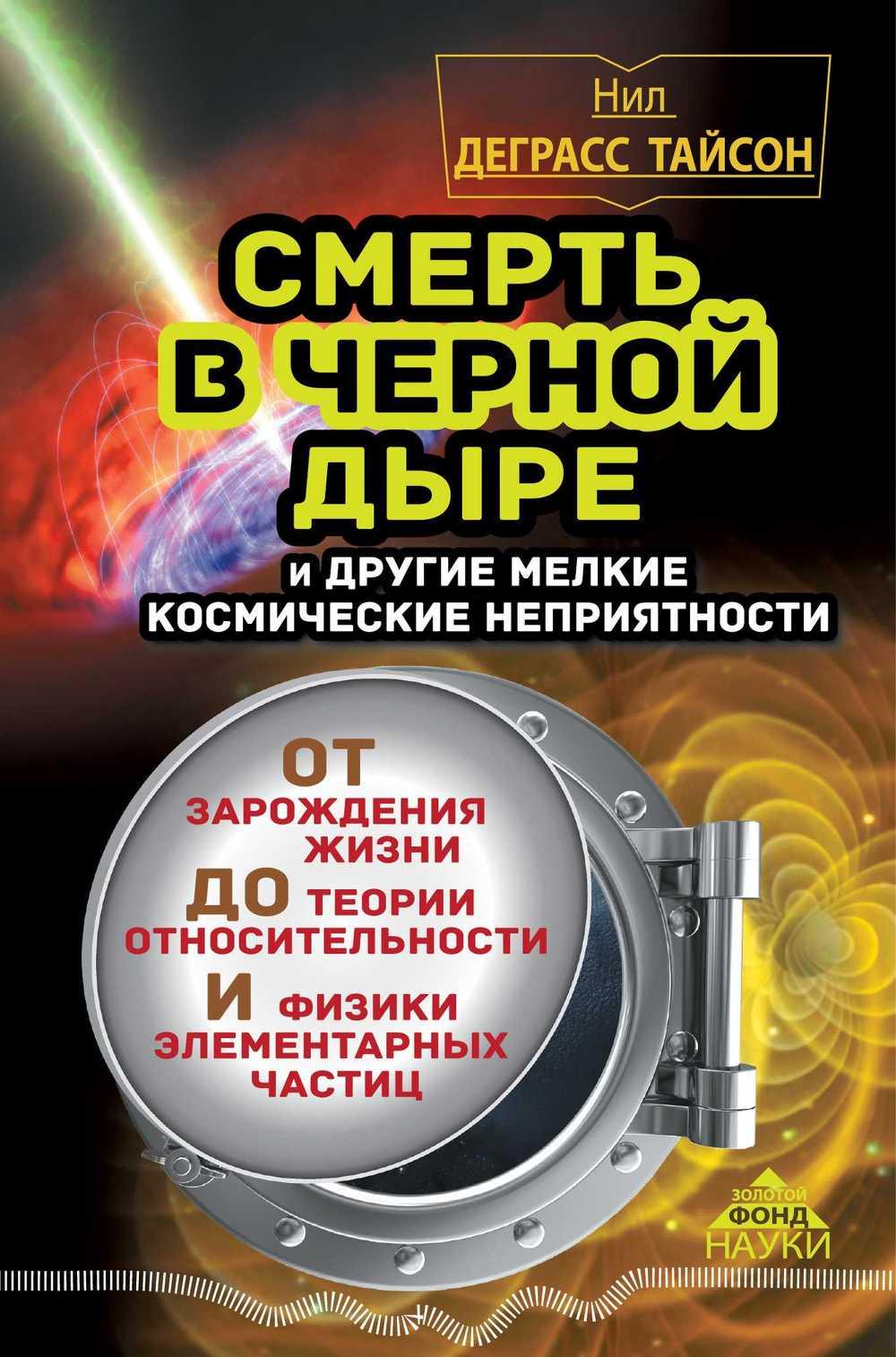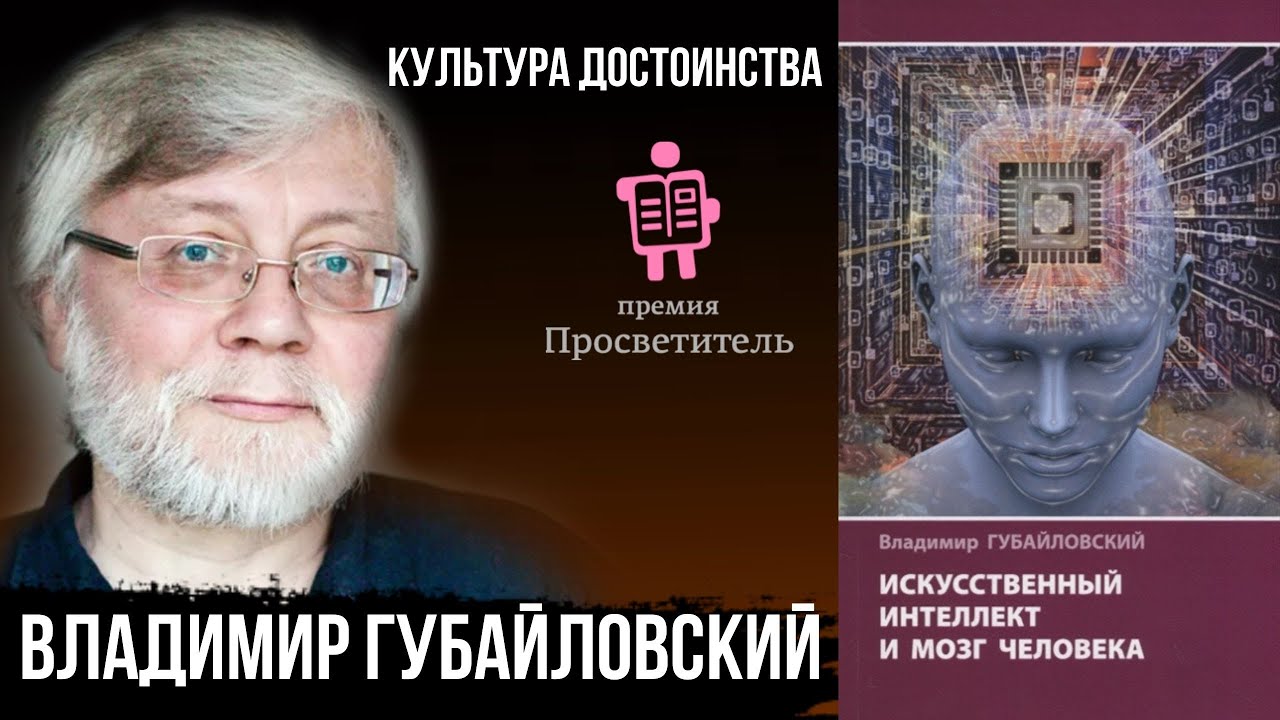
The number of published non-fiction literature is growing from year to year. But as with any genre, the quality of books can vary greatly. This review will talk about some of the books published in Russian over the past couple of years that are worth your attention.
Lee Dugatkin and Lyudmila Trut. How to tame a fox (and turn it into a dog)
I'll start with a book that I read almost a year ago, and I first heard about it when it was published in English. This book is devoted to the experiment on fox domestication, which has been going on for more than sixty years in the Novosibirsk Academgorodok, has given many valuable results and continues to bring new ones (in particular, in the field of genetic mechanisms of cognitive disorders).

Why the experiment was started for several decades, how it was carried out and, most importantly, what benefit the scientists gained (and continue to derive) from the project - everything is told in detail and in a very lively language.
The book was published in the spring of 2017 in the United States, and the following year received the American Association for the Advancement of Science - a kind of analogue of the Oscar in the field of science pop.
The success of the book was due not only to an interesting topic (the experiment of academician Belyaev in foreign media was called "the most outstanding experiment with animals of the 20th century"), but also by the author's duet: on the one hand, Lee Dugatkin is the author of a number of successful popular science books, that is , a person who has the necessary literary experience, and on the other - Lyudmila Trut - Doctor of Biological Sciences, who took part in the experiment from its very first stages (still a graduate student) to the present day, that is, a person who today is almost the best familiar with scientific "Kitchen" of research.
It is interesting that the Belyaevsky domesticated foxes are known abroad much better than in their homeland. And the same story happened with the book: it was published in English, received foreign awards, and several additional copies were issued. And the Russian edition was published only last year. Better later than never, though.
David Quammen. Infection. How infections transmitted from animals can lead to a deadly global epidemic The
topic of pandemics has recently been devoted to many books (for obvious reasons), among which I would like to draw attention to this one.

Why exactly she. First, the author is a well-known science journalist and writer, columnist for such publications as National Geographic, Esquire and Rolling Stone. Therefore, you will receive a readable text, with a lot of facts and observations: the book has received several awards, including from the Royal Biological Society and the US National Association of Scientific Writers. And although the book was written about ten years ago and does not deal with coronaviruses at all, it still has not lost its relevance and allows you to immerse yourself in the topic better than a number of promptly written "remakes" of the last year. In the end, we have practically learned to live with COVID-19, but this does not mean that new infections and epidemics do not threaten humanity.
The topic of how human activity destroys the habitat of many species, forces them to migrate, including to the territories adjacent to our settlements, and how this provokes outbreaks of new diseases, is separately considered.
Neil DeGrasse Tyson. Death in a black hole and other minor cosmic troubles
From virology, let's move on to astronomy. Last fall, the Nobel Prize was awarded to scientists who study black holes. And this book will be a good way to get better acquainted with this topic (as well as with a number of other major issues of modern cosmology).

The author is a renowned American astrophysicist and popularizer of science, who has a special gift for talking about the most difficult scientific issues in an understandable, exciting and humorous way. In general, this ability to tell in a simple and interesting way about complex and obscure things to a non-specialist, but at the same time not to slip into primitive and "lurkoyaz" - is one of the necessary conditions for writing a good scientific pop. And Tyson succeeds.
The book is a collection of 42 essays published in 1995-2005. in Natural History magazine, divided into 7 thematic sections. On the one hand, it allowed the author to capture a fairly wide range of topics, from Stonehenge and Galileo's discoveries to black holes, the use of gravity and the search for extraterrestrial life. On the other hand, in different chapters, information is often repeated, which can irritate someone.
Vladimir Gubailovsky. Artificial intelligence and the human brain
I would not like to leave aside domestic authors, especially since there are more and more of them in this genre every year (of course, this category does not include a bunch of graphomaniacs who write pseudoscientific opuses in the spirit of the notorious Ren-TV projects). One of the examples of good and high-quality "science pop" is the book of the writer and programmer Vladimir Gubailovsky (interest in it is also added by the fact that there are not very many of our compatriots among the authors writing on the topic of AI).

The book is dedicated to brain research and digital modeling. Its main theme is human memory: how the brain receives and stores information, how knowledge and memories are accumulated, why it is important not only to remember, but also to forget for the effective functioning of the brain. Another significant topic is the "computer metaphor": the brain as a biological computer. Serious results have been achieved in modeling the processes occurring in the brain.
The fact that the work turned out to be of high quality is also evidenced by its getting into the shortlist of the "Enlightener - 2020" award, the presentation of which was postponed to February for reasons of an epidemiological nature.
Dmitry Bogdanov. Lizardmen and other Permian monsters
Another Russian author, but now we will not talk about new high technologies, but about the events of bygone eras. More precisely, the Permian period in the history of our planet, which began about 300 million years ago and lasted almost fifty million years.

From this book you can find out who inhabited the land and seas of our planet at a time when the fauna of the only supercontinent was changing, in which direction the dinosaurs evolved. And how it all ended with the greatest massive Permian extinction in the history of the planet.
Interestingly, the author is not a paleontologist by profession, but a cardiologist. But paleontology was his hobby since childhood. At first, he read books about dinosaurs, then began to draw them (moreover, his illustrations were used in scientific articles, and a personal exhibition of Bogdanov's drawings was even held in the Paleontological Museum). And as a result, in 2019 I wrote my book.
And although the book is dedicated to the entire flora and fauna of that era, by and large it serves only as a background on which the story of the author's favorite characters - the beast-lizard - unfolds. The book is written in an encyclopedic style, sometimes dry and full of names of lizards and terms. But, thanks to a large number of interesting facts and even more - vivid author's illustrations, it will be interesting to read it also for non-specialists, including the younger generation. In general, of the books presented in this mini-review, Bogdanov's work is best suited for extracurricular reading for high school students.
And at the end - news for those who like to read, but for whom the budget does not always allow satisfying all the "Wishlist".
The Russian State Library and the "Vsciauka" educational program signed an agreement on the popularization of scientific literature, becoming partners of the project to form a collection of popular science books "Digiteka". In February 2021, all users of the National Electronic Library and the NEB.Svet mobile application will receive unlimited free access to a collection of the best popular science books written by domestic and foreign authors over the past 10 years.
The list of authors includes: evolutionary biologist Richard Dawkins, astronomer Carl Sagan, cosmologist Stephen Hawking, paleontologist Alexander Markov, linguist Svetlana Burlak, biologist Alexander Panchin and many others. Link to news